Microplastics are everywhere. These tiny plastic particles, often smaller than a grain of rice, have made their way into our oceans, air, soil, and even the food we eat. It’s a disturbing thought, but the impact of microplastics isn’t just about pollution. They’re also a serious threat to our health.
What Are Microplastics and Where Do They Come From?
Microplastics can come from many sources. Some are created when larger plastic items, like bottles and packaging, break down over time. Others are specifically made, like the microbeads used in some cosmetics and cleaning products. Even synthetic fibers from clothes and tiny fragments from tires contribute to this growing problem.
Once they’re out in the world, microplastics are almost impossible to clean up. They end up in our rivers, seas, and food chains, eventually reaching our plates. Research shows that we unknowingly consume thousands of microplastic particles every year. While we’re still learning about their full impact, the potential risks to our health are deeply concerning.
How Microplastics Affect Our Health
Early studies suggest that microplastics in our bodies could cause inflammation, oxidative stress, and even disrupt our hormones. Some microplastics also carry harmful chemicals like BPA and phthalates, which are known to mess with our endocrine systems. Their ability to absorb and transport toxic substances makes them even more dangerous.
How You Can Reduce Microplastics in Your Life
While we can’t completely avoid microplastics, there are simple ways to cut down your exposure:
-
Use reusable bags and containers: Say no to single-use plastics.
-
Choose natural fabrics: Opt for clothes made from organic cotton, wool, or hemp instead of synthetic materials.
-
Install washing machine filters: These can catch microfibers before they enter waterways.
-
Support eco-friendly brands: Choose companies that care about sustainability.
Meet Siraat's Titanium Cutting Board: A Kitchen Essential
If you’re looking for ways to reduce microplastics in your home, Siraat’s titanium cutting board is a great place to start. Unlike plastic cutting boards that wear down and release microplastics into your food, this cutting board is made from durable, high-quality titanium. It’s safe, eco-friendly, and built to last.
Here’s why Siraat’s titanium cutting board stands out:
-
No Microplastic Shedding: Unlike plastic, titanium doesn’t break down during use, so your food stays free of harmful particles.
-
Hygienic and Easy to Clean: The non-porous surface resists bacteria, making it a healthier choice for food prep.
-
Eco-Friendly: Switching to a titanium cutting board helps reduce your dependence on plastic kitchenware.
-
Built to Last: Titanium is incredibly strong and resistant to wear, so this cutting board will serve you for years to come.
Want to learn more about creating a sustainable, microplastic-free lifestyle? Join our email list today and receive a free eBook packed with tips and insights to help you reduce your environmental footprint. Plus, you’ll get exclusive updates, special offers, and more delivered straight to your inbox.
Subscribe now and take the first step toward a healthier, cleaner world!




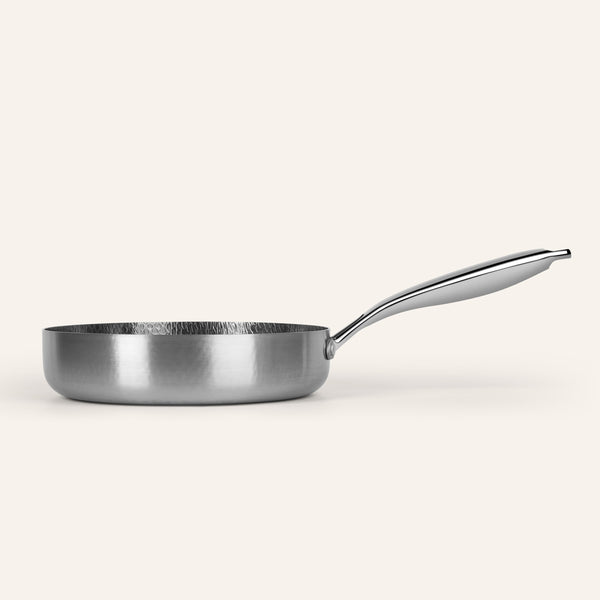

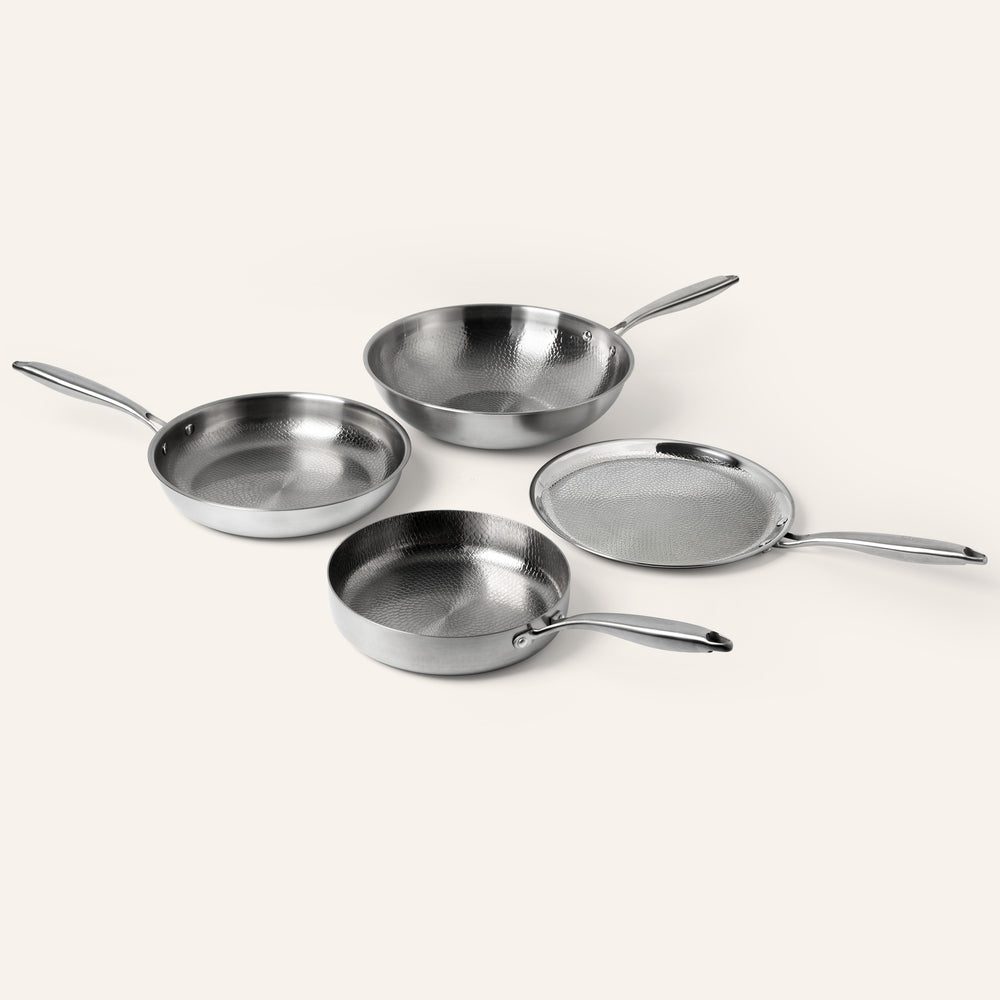
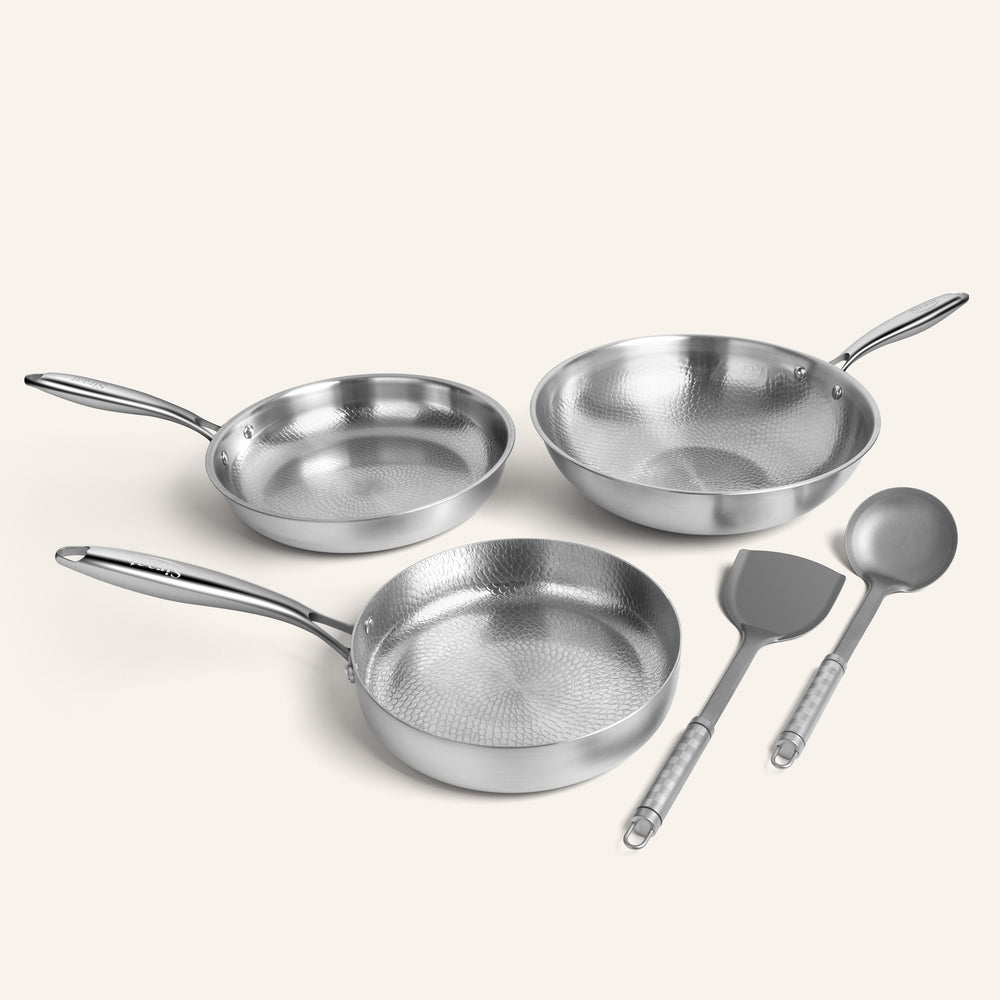
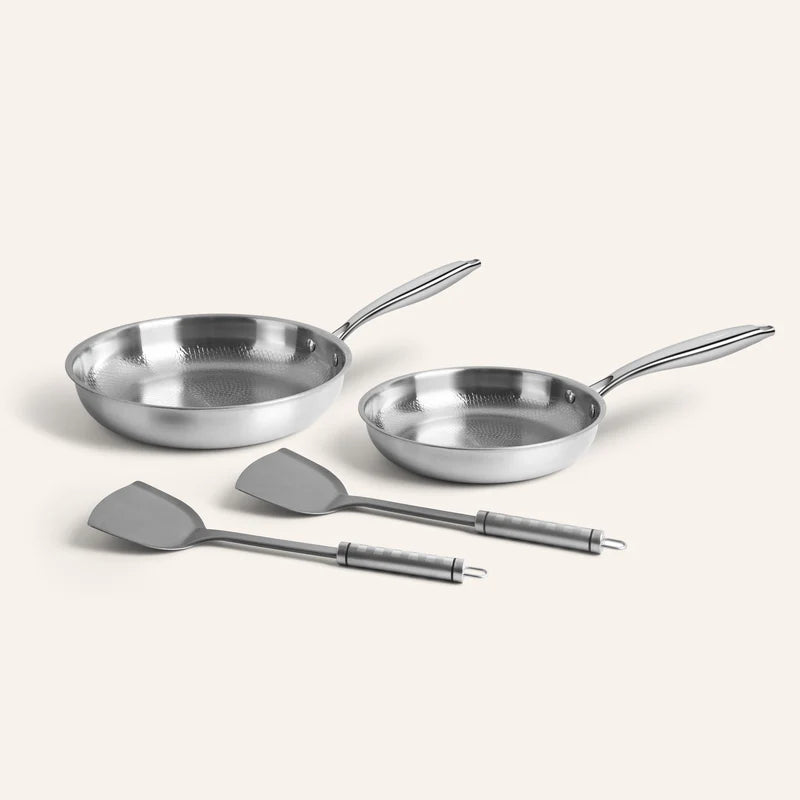
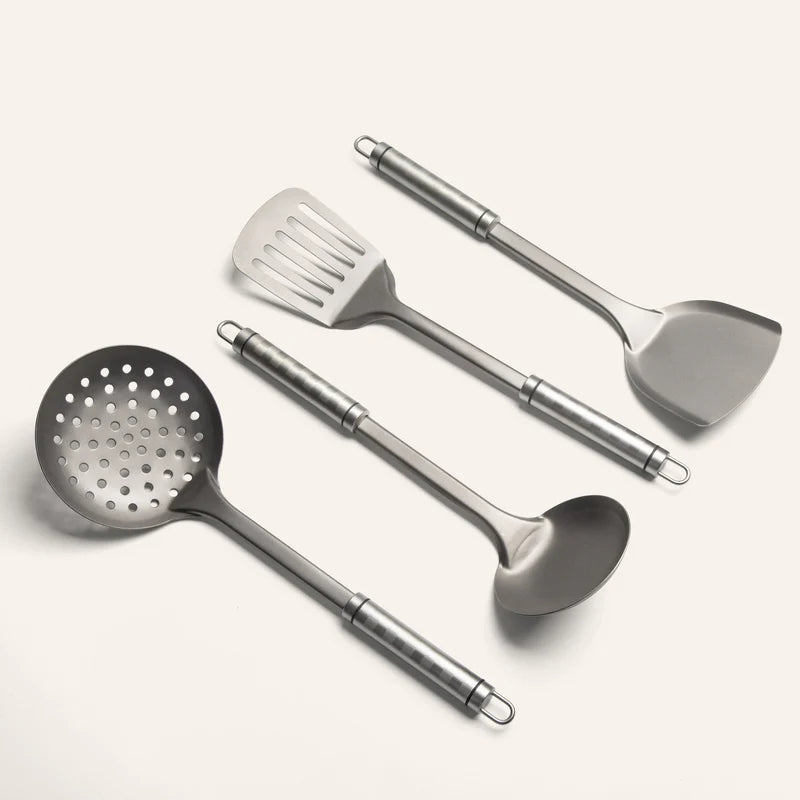
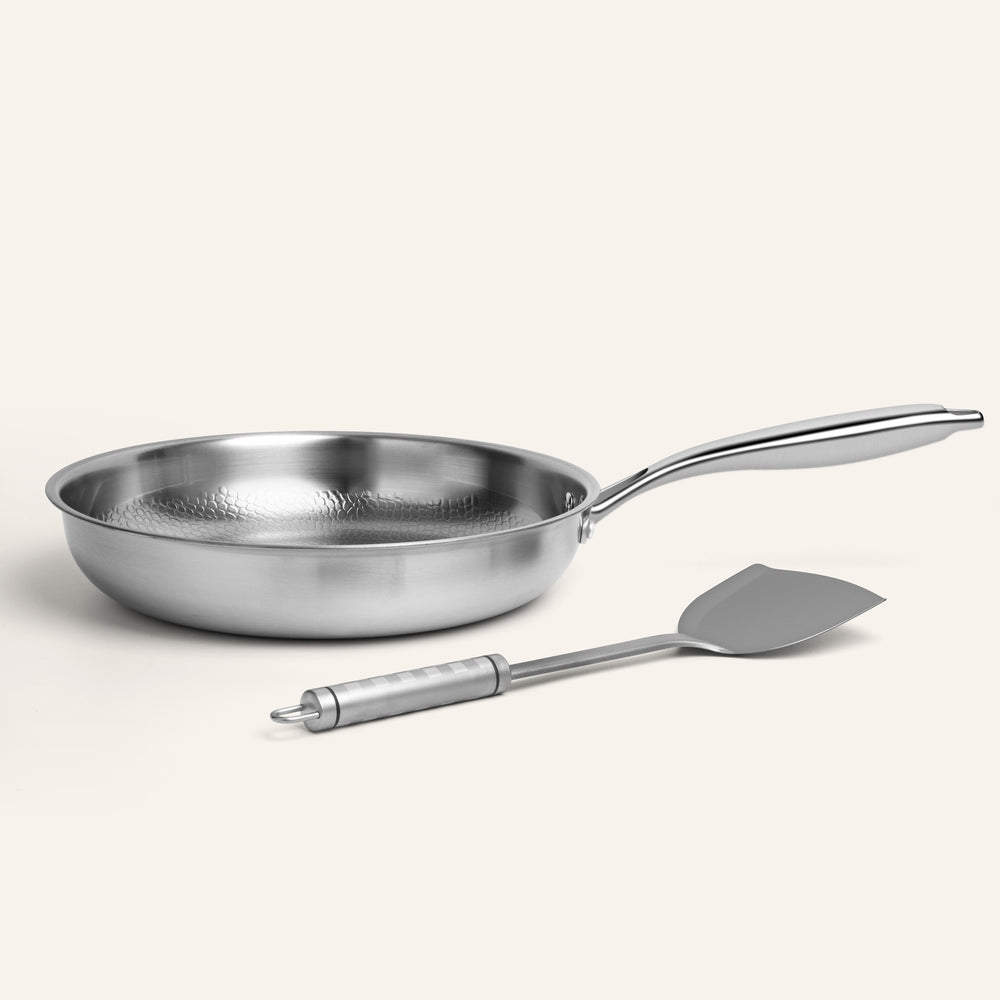
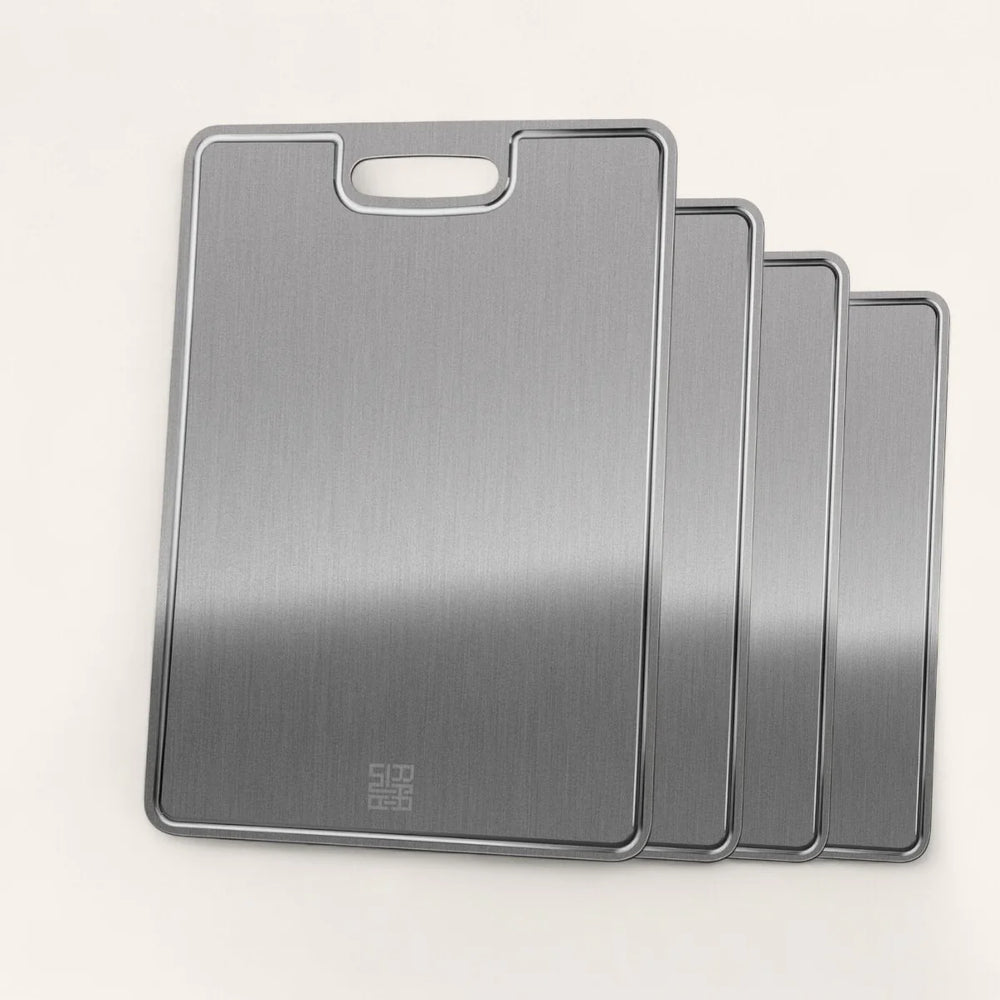
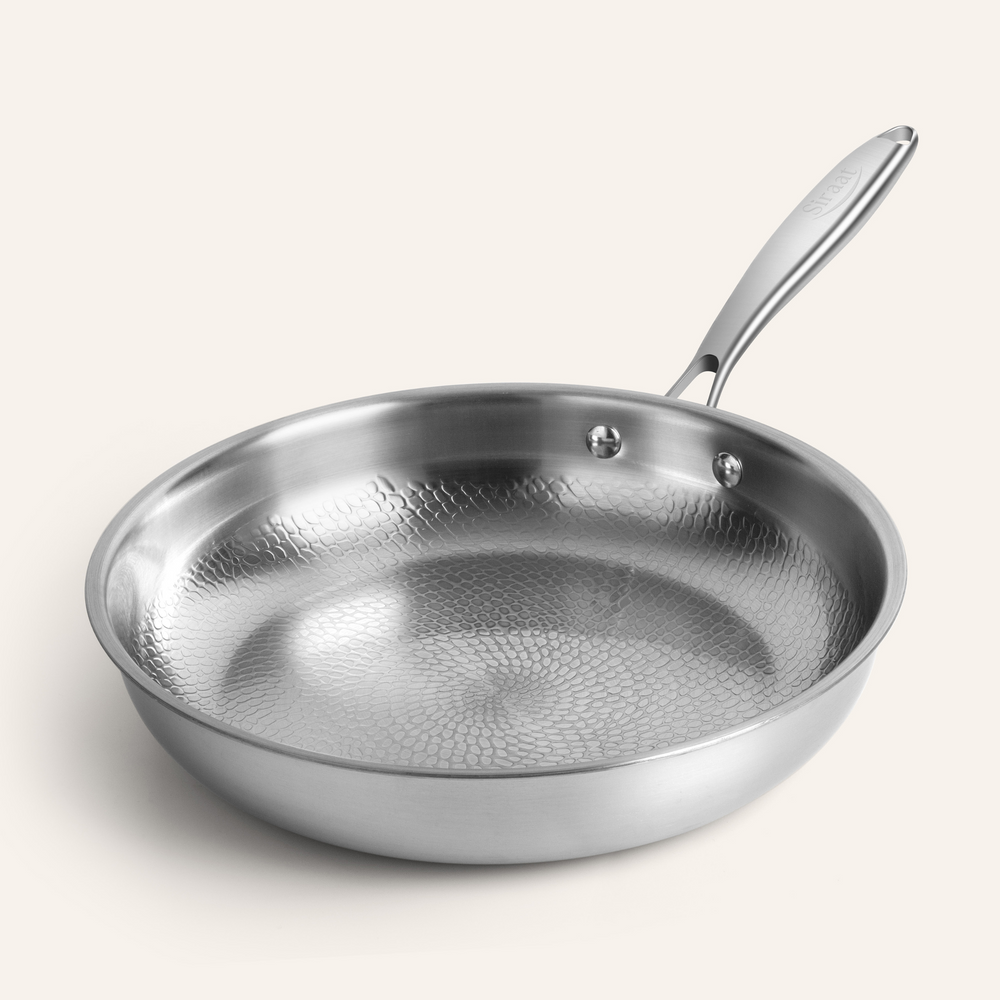
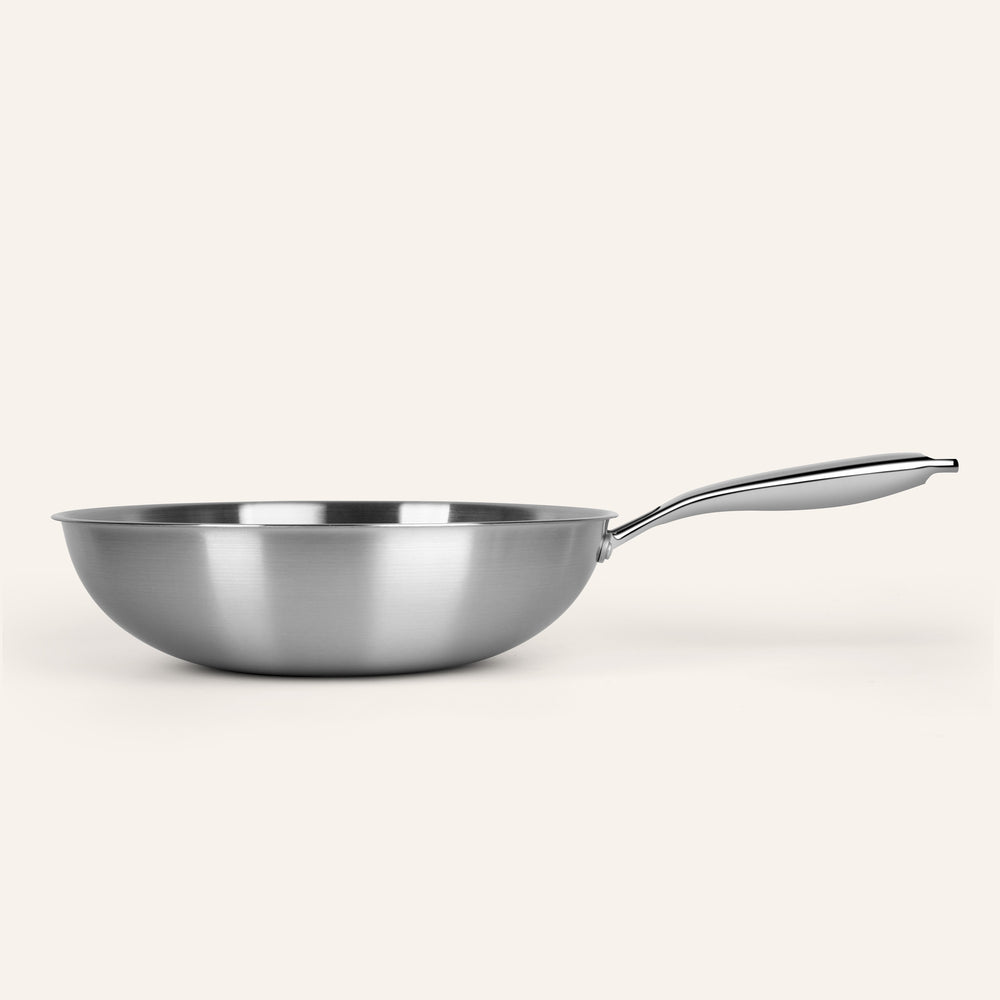
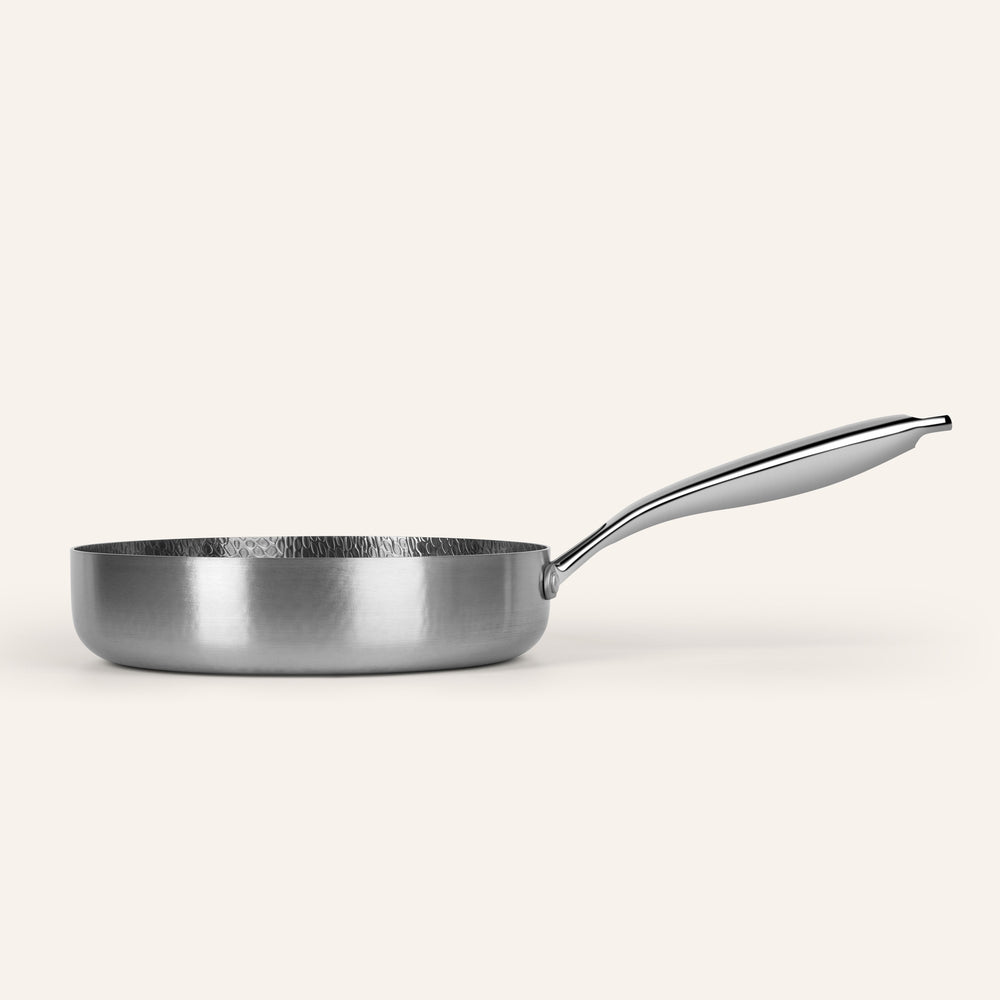
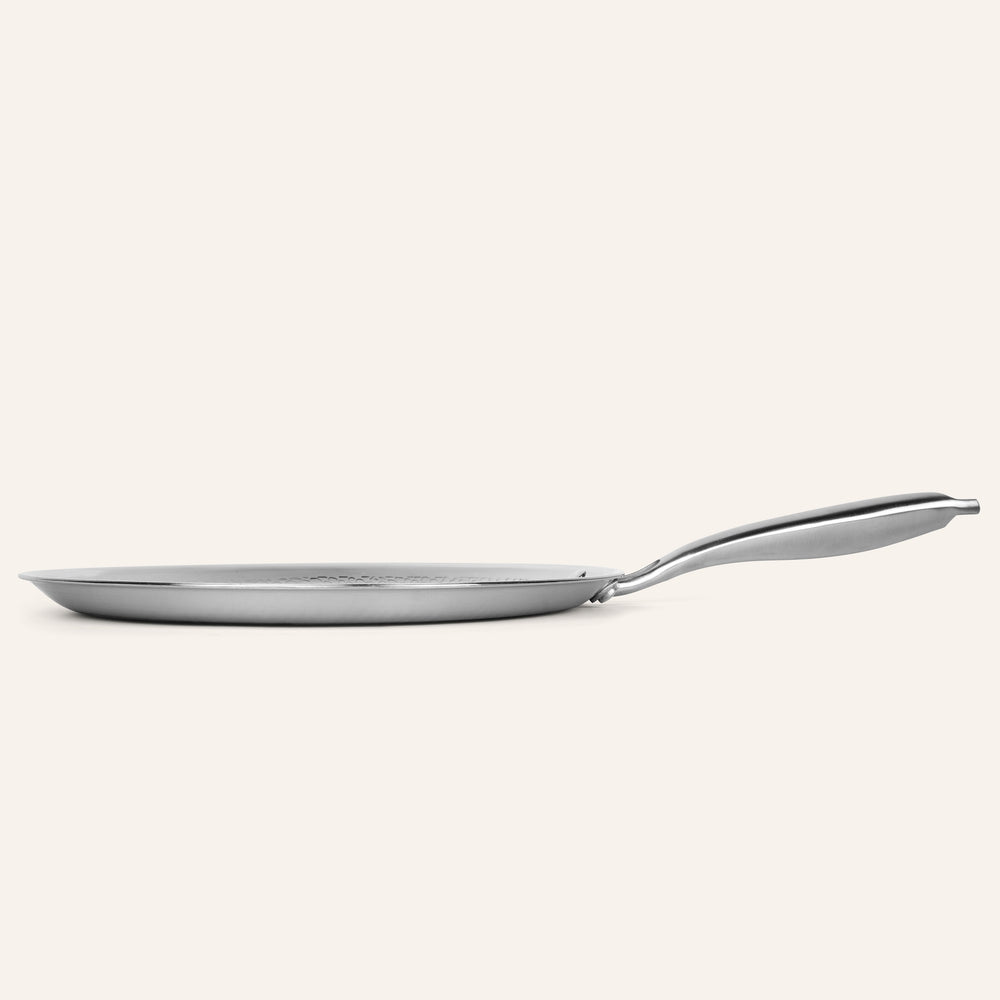
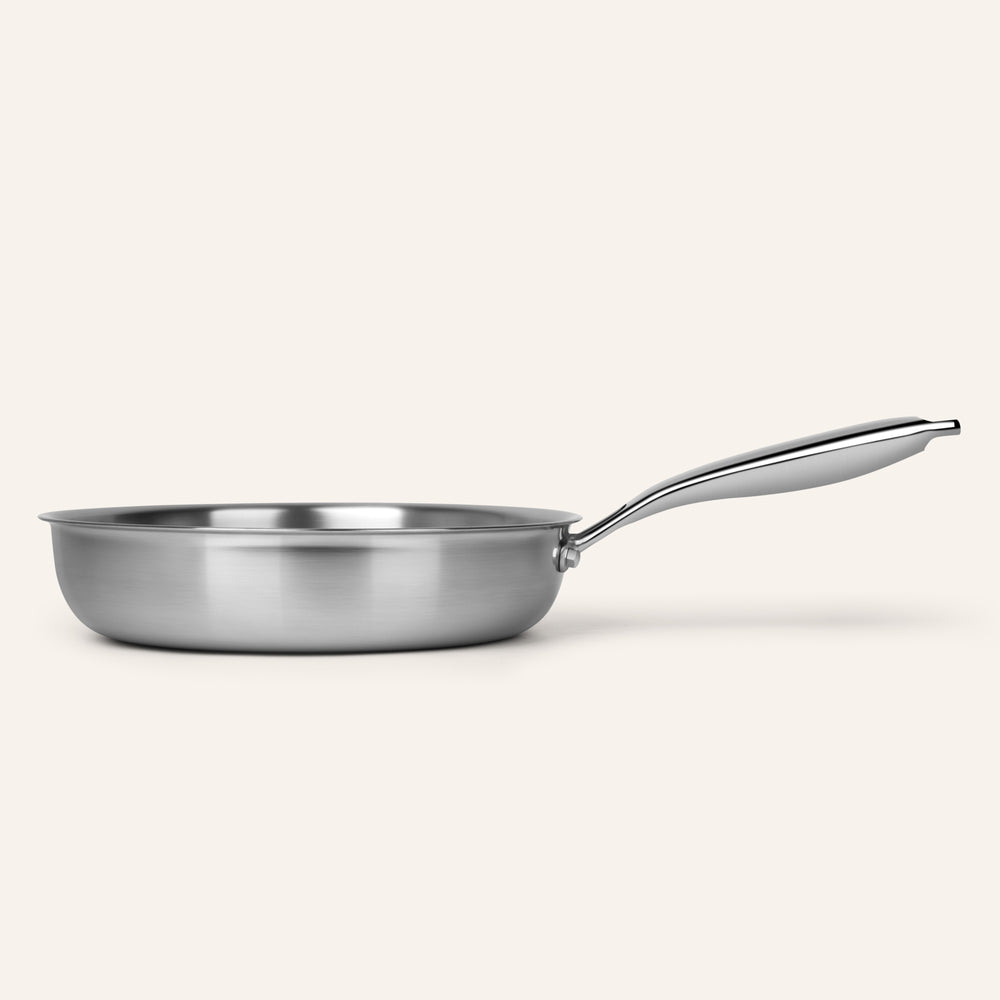
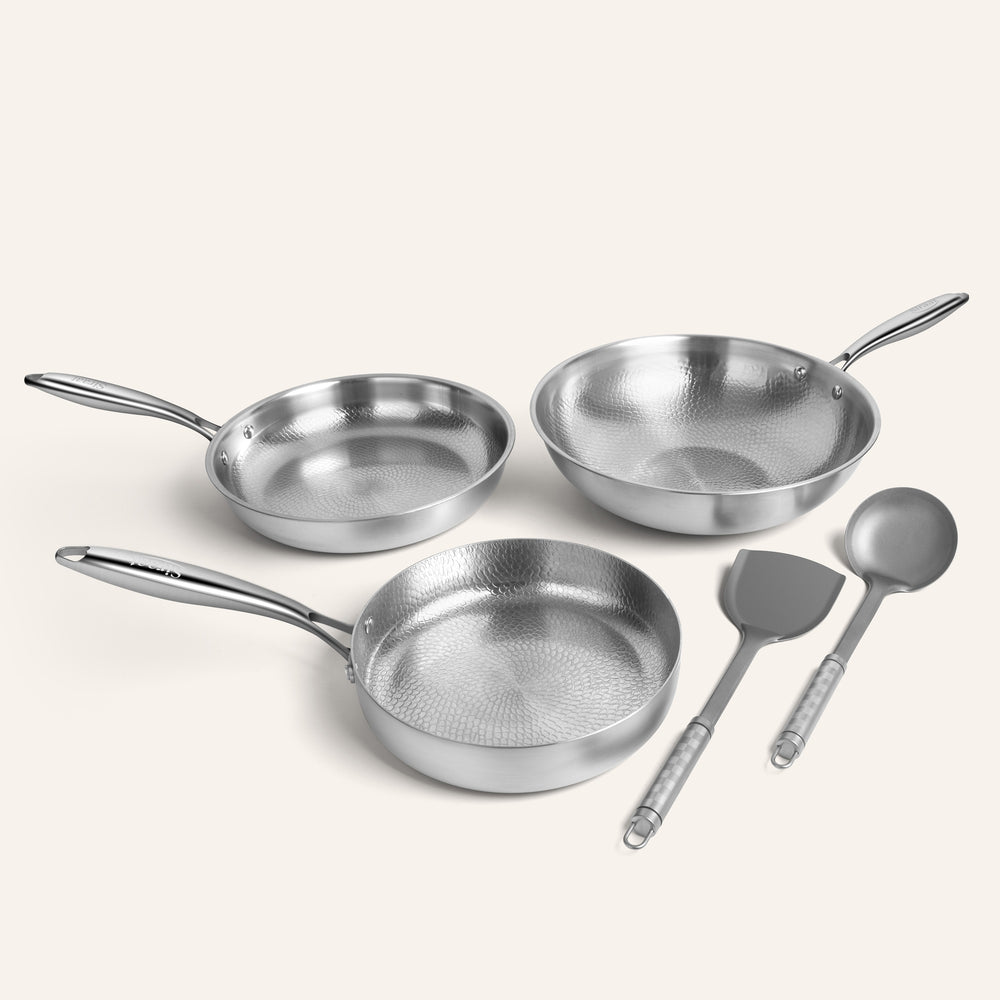


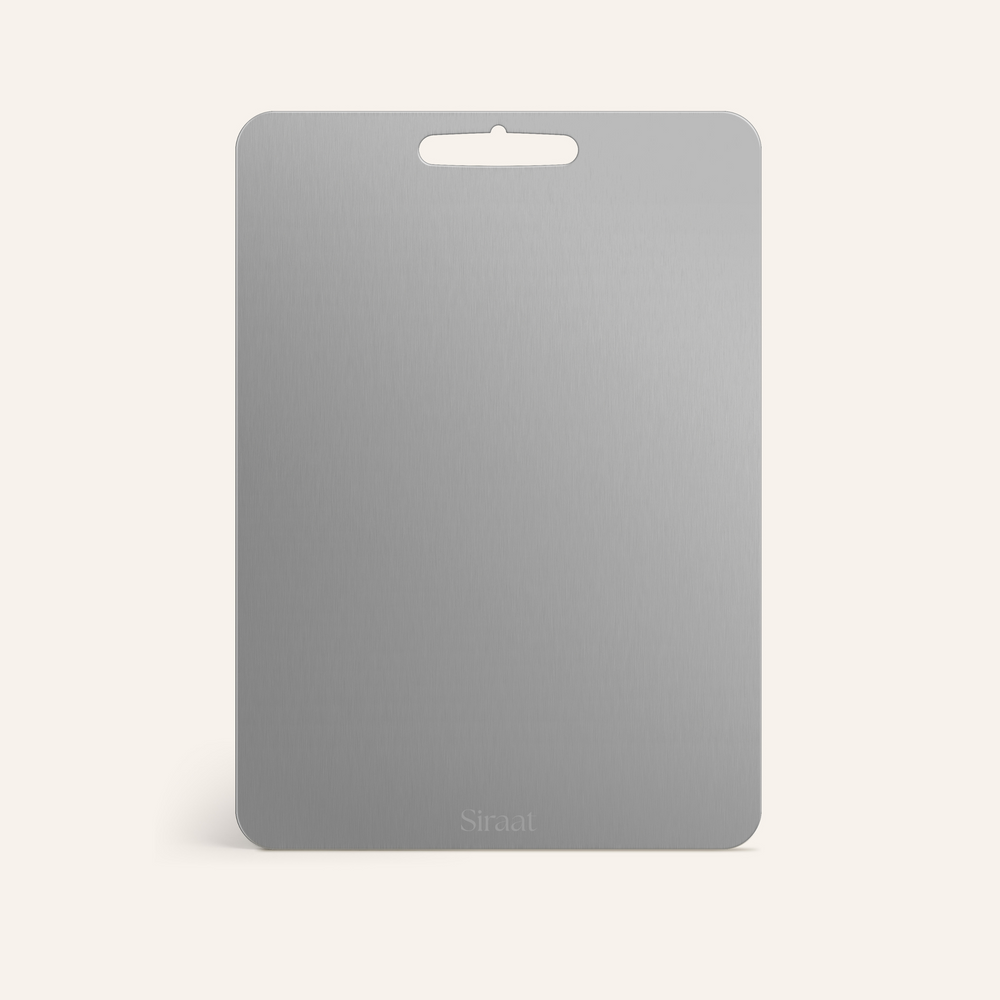
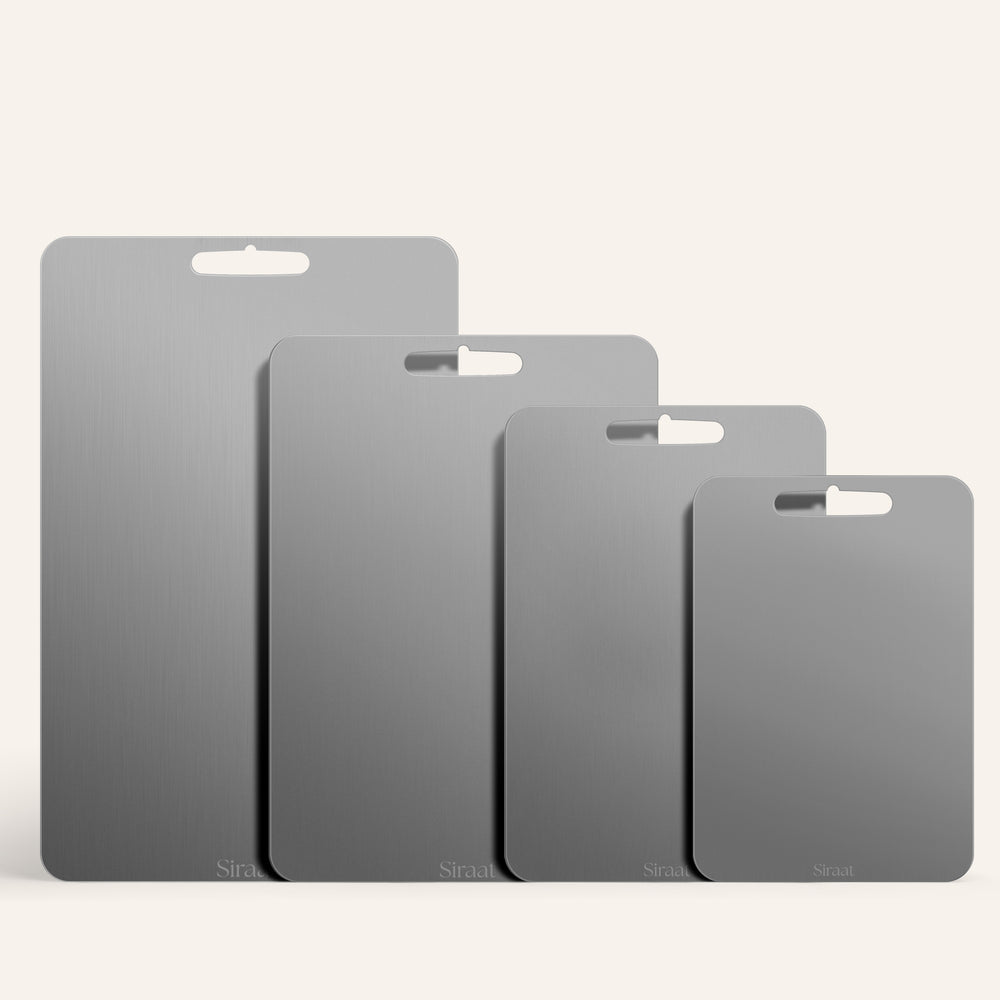
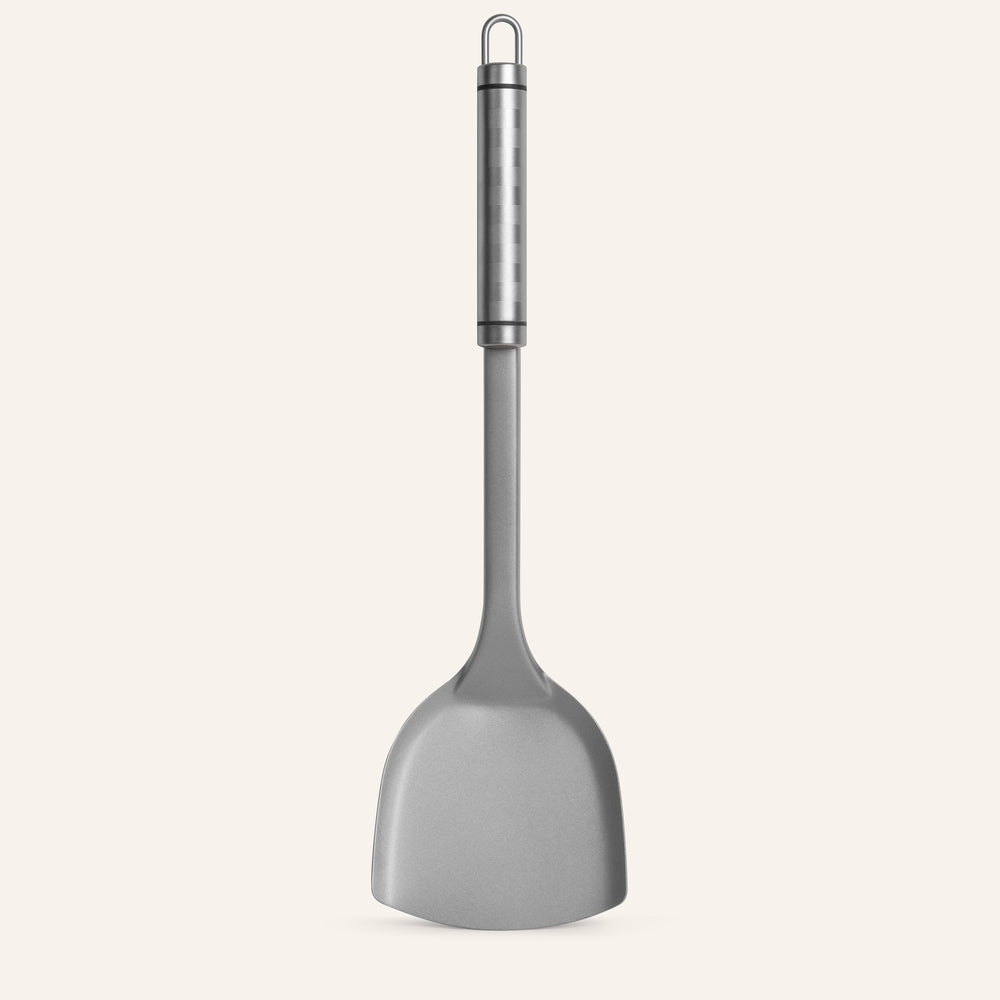
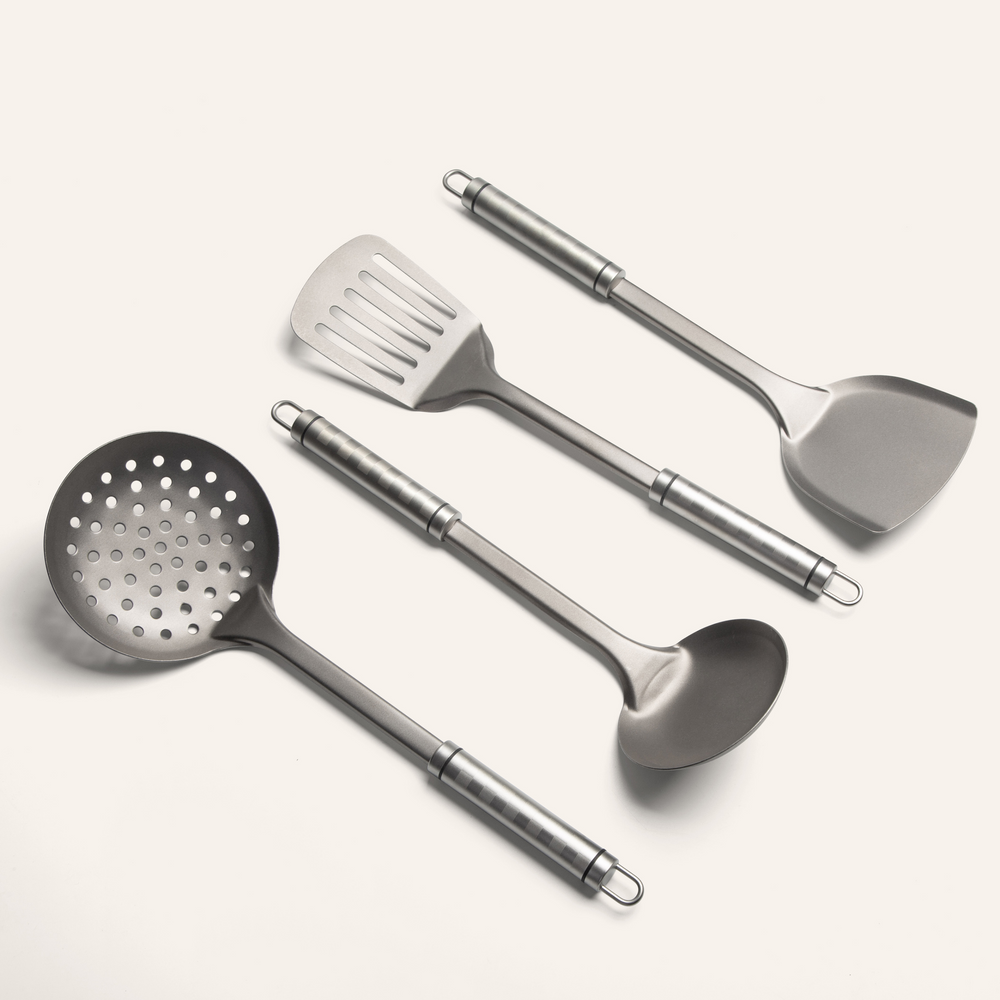
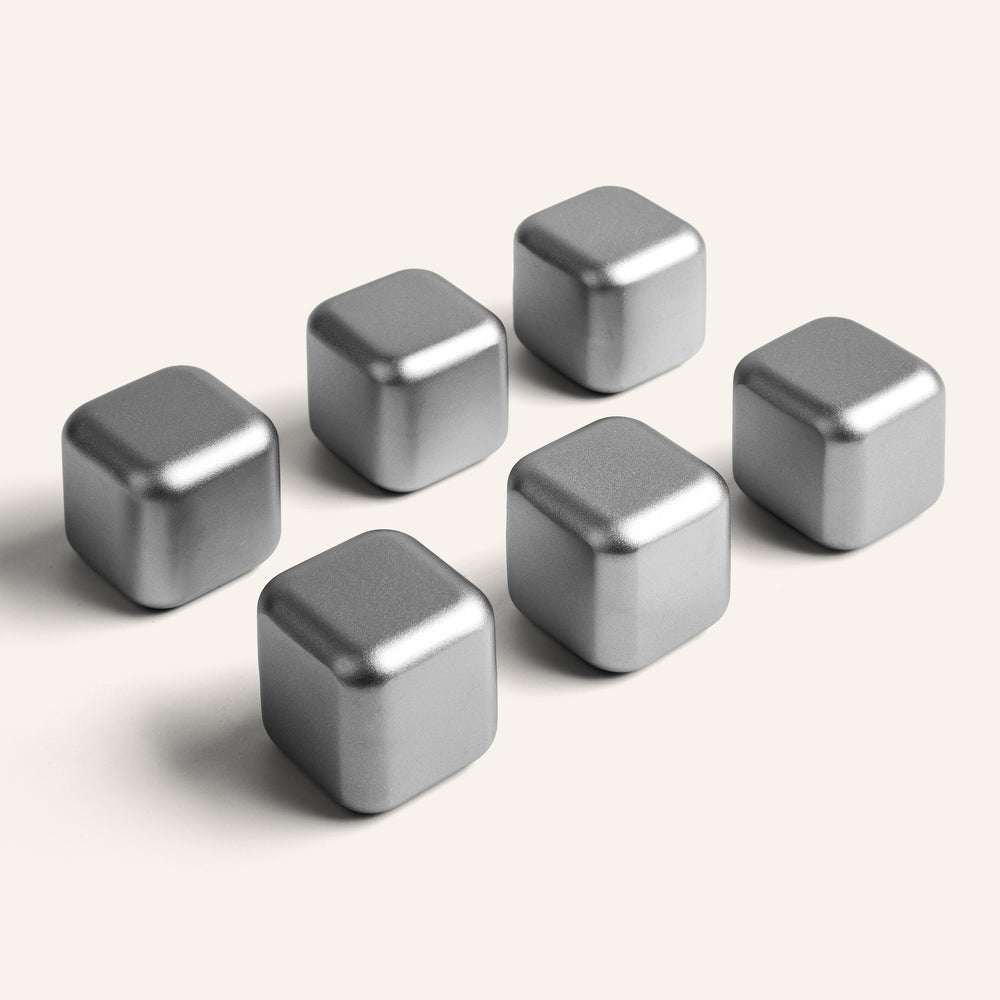
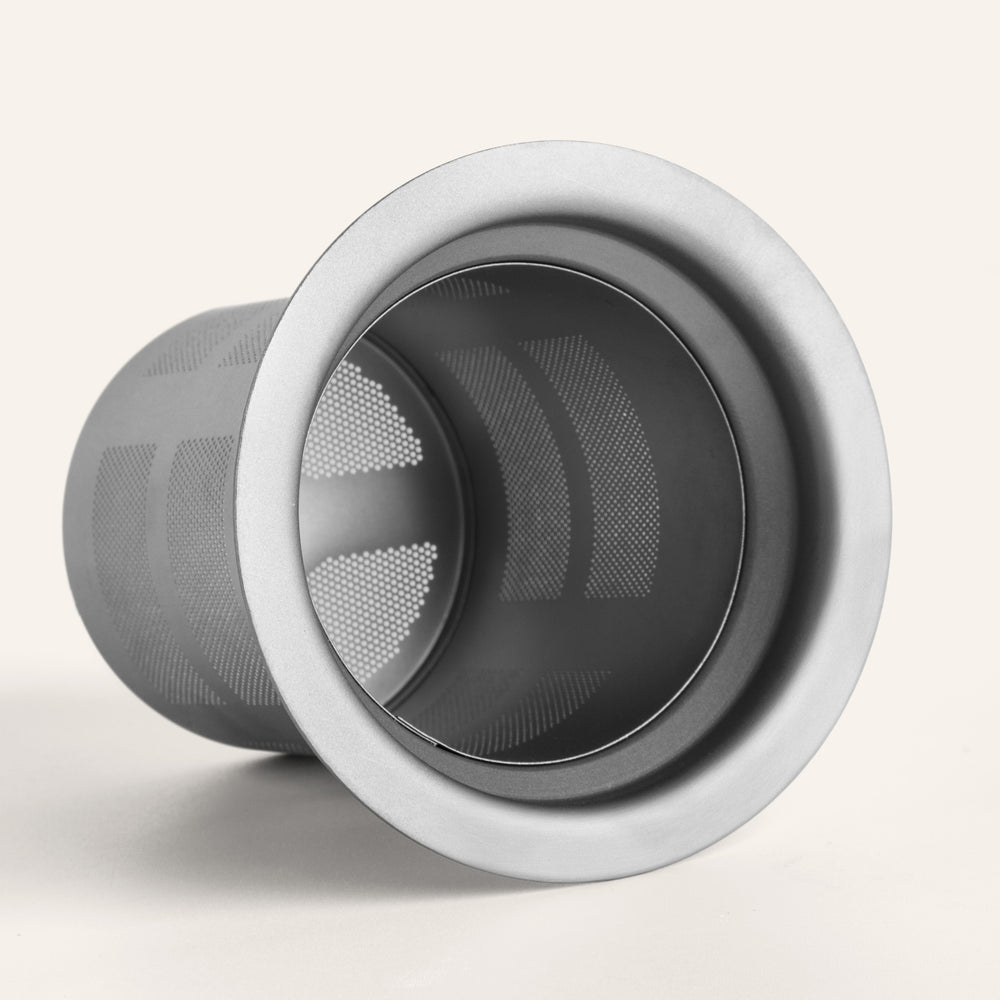
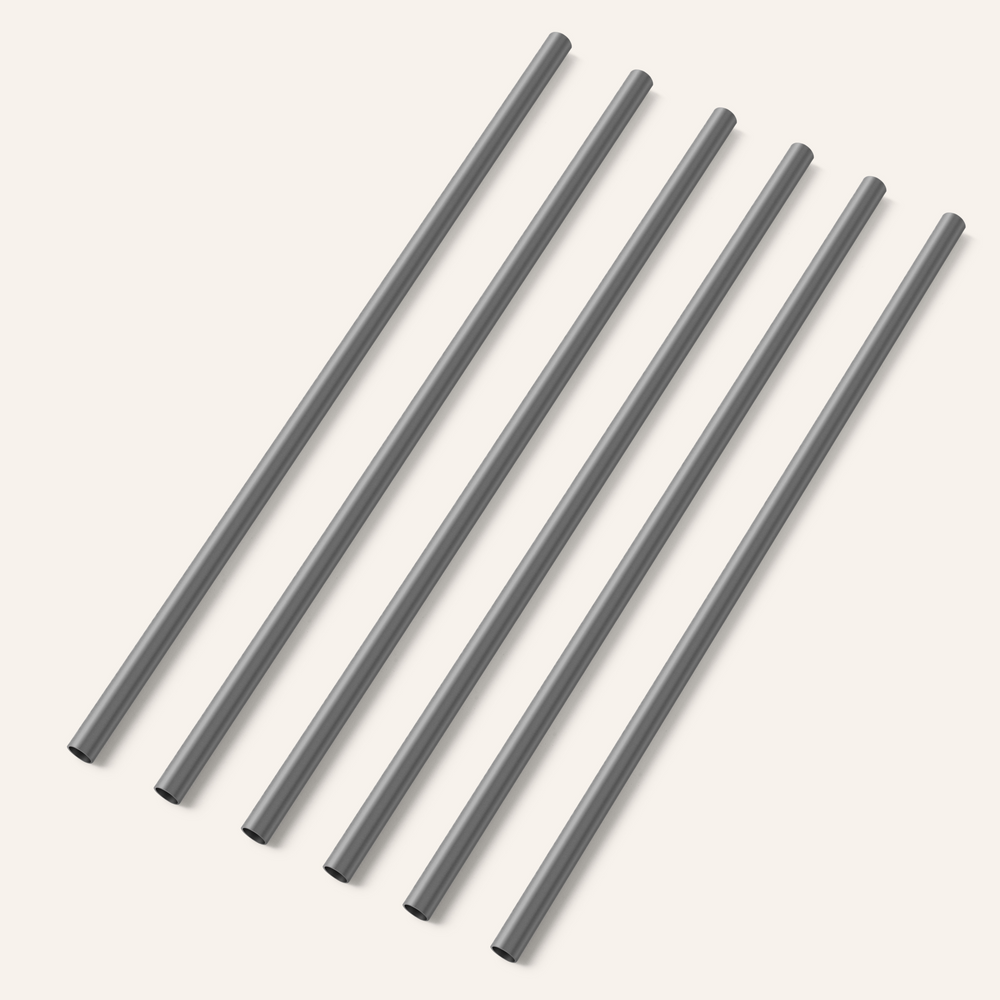
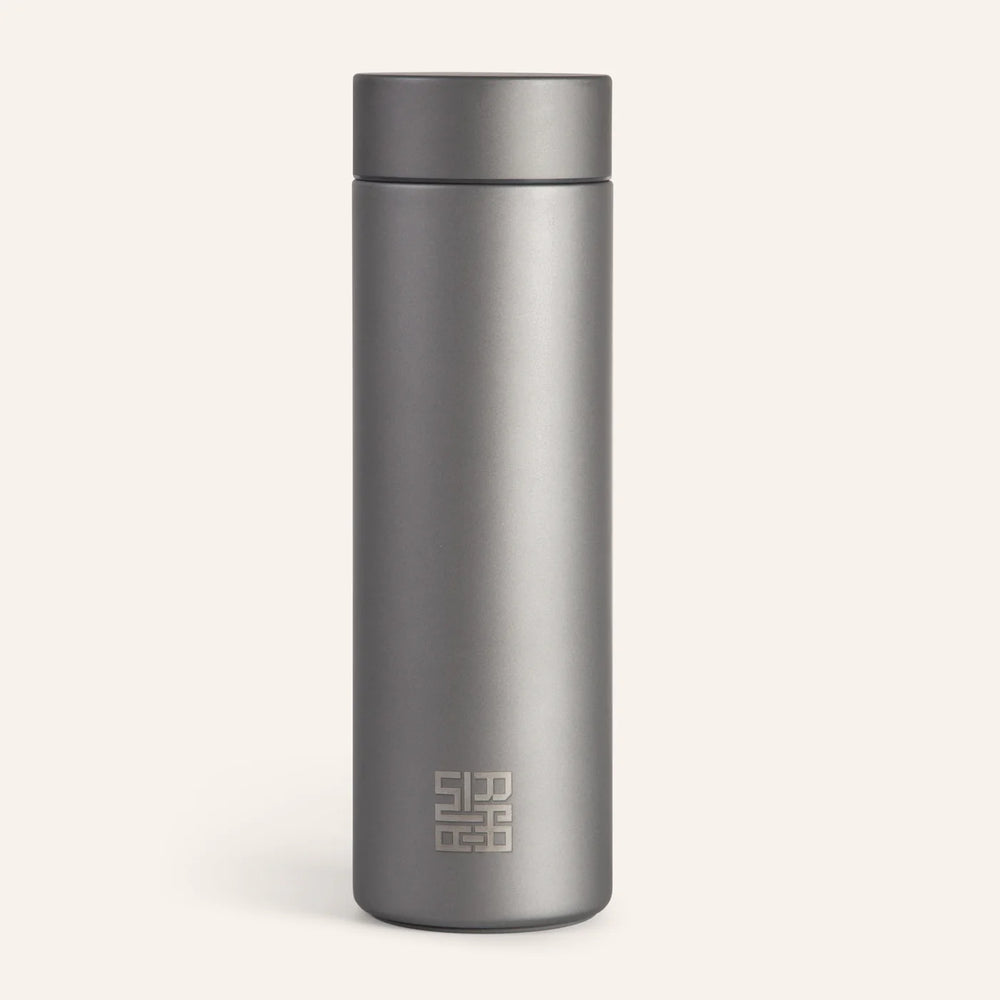
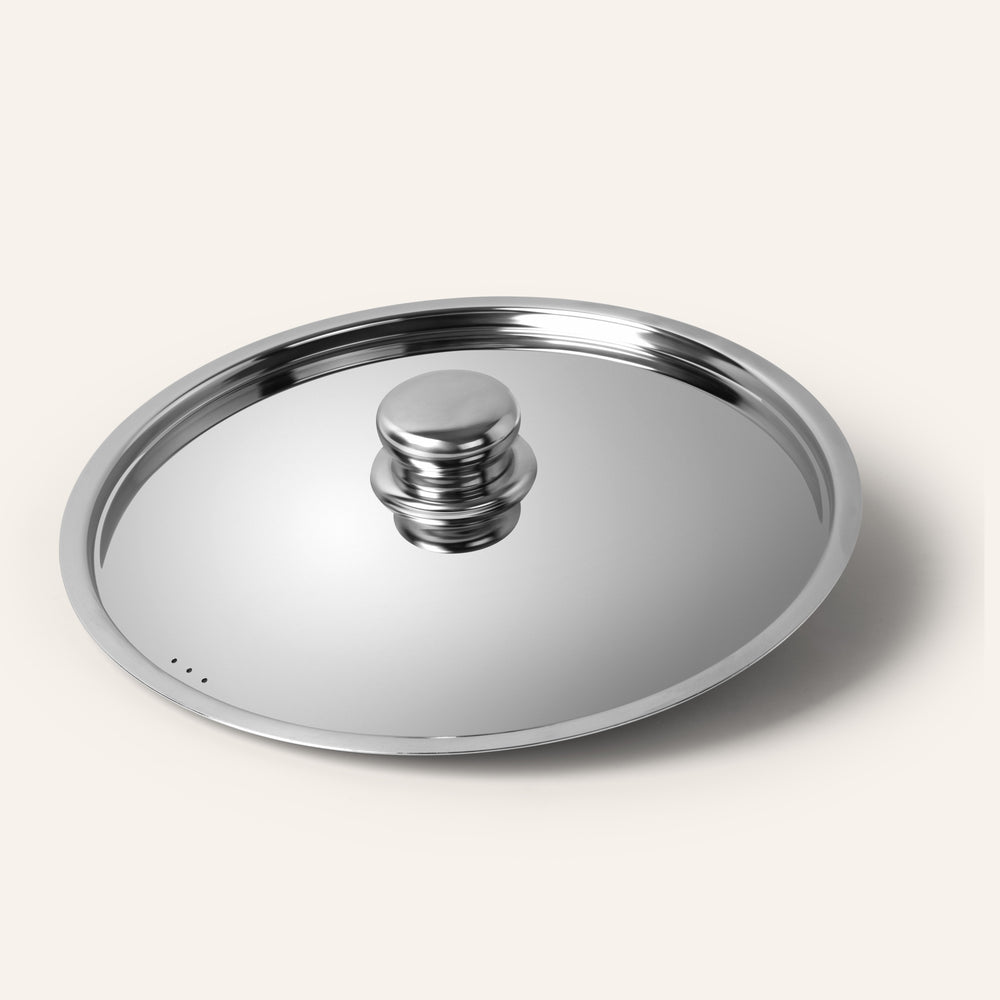
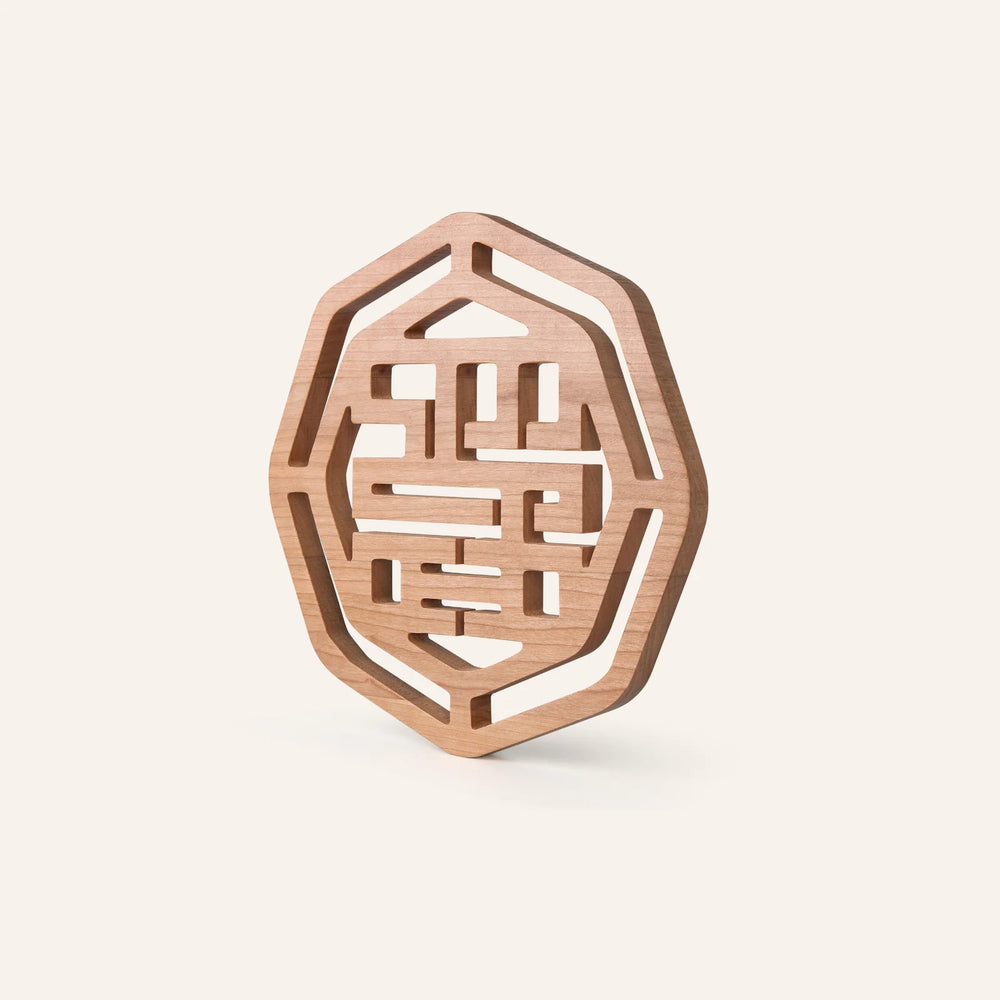
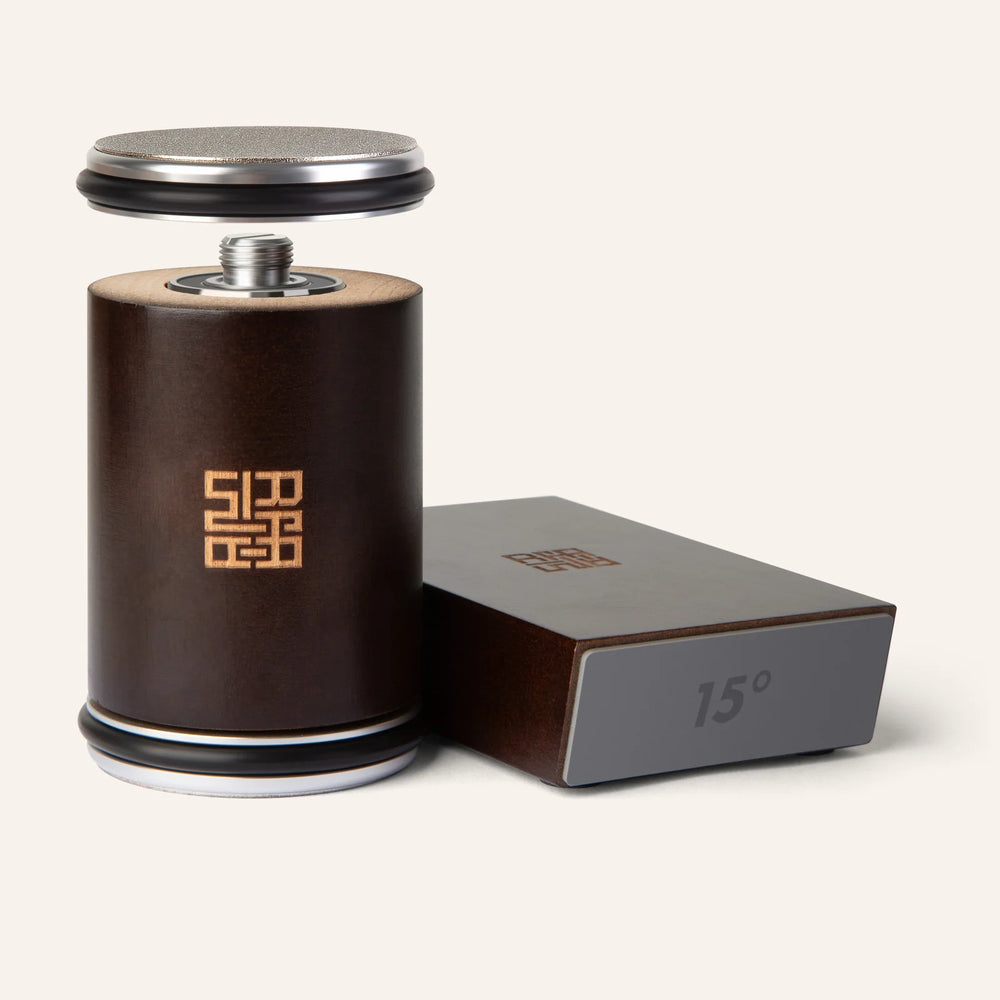


Leave a comment
This site is protected by hCaptcha and the hCaptcha Privacy Policy and Terms of Service apply.